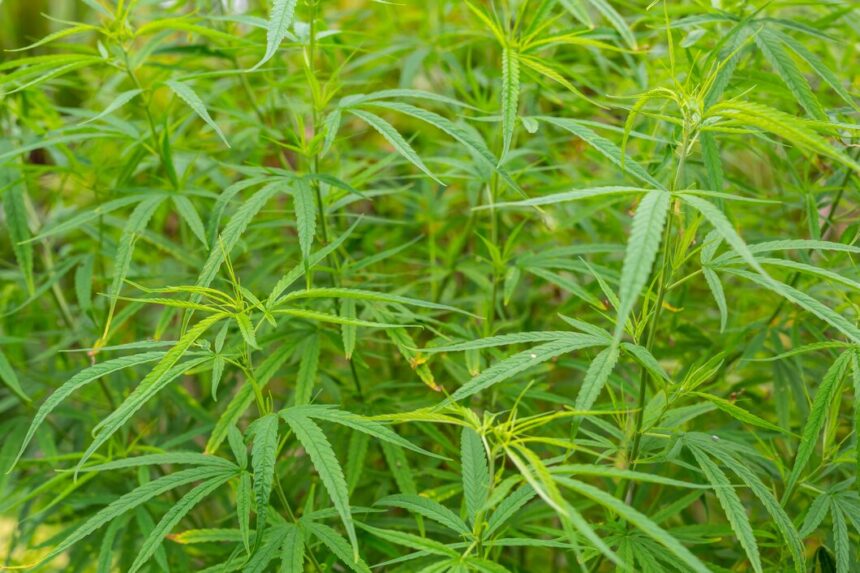Damping off is a fungal disease that poses a significant threat to hemp crops, particularly during the seedling and early vegetative stages. Identifying the signs early can help you manage and mitigate its impact effectively. Here are ten early signs to watch for:
- Seedling Wilt: Seedlings may exhibit wilting, even though the soil is adequately moist. The wilting occurs because the roots are damaged by fungal infections, hindering water uptake.
- Yellowing Leaves: The lower leaves of affected seedlings often turn yellow. This color change can be an early indicator that the plant’s roots are compromised and unable to supply necessary nutrients.
- Stunted Growth: Seedlings affected by damping off typically show stunted growth compared to healthy plants. This stunting results from the root system being unable to support normal development.
- Soft, Mushy Stems: One of the most characteristic signs of damping off is a soft, mushy stem at the soil level. This happens due to the rotting of the stem caused by the pathogens.
- Darkened Stem Color: A dark discoloration at the base of the stem can be observed, often turning brown or black. This discoloration is indicative of fungal infection and stem rot.
- Premature Seedling Death: Affected seedlings may die suddenly. This rapid decline is usually a result of severe root damage and is a clear sign of damping off.
- Rotting Roots: If you inspect the roots, you may find them to be rotting or decayed. Healthy roots are firm and white, while infected roots appear brown, soft, and mushy.
- Sparse Germination: Poor or uneven germination rates can signal that the seeds or young seedlings are already infected with damping off pathogens, which affects their ability to sprout or grow properly.
- Fungal Growth on Soil Surface: White or grayish moldy growth on the surface of the soil or around the base of seedlings can indicate the presence of damping off pathogens.
- Poor Soil Drainage: Although not a direct symptom, poor soil drainage can create conditions favorable for damping off pathogens. If you notice signs of waterlogging or excessive moisture, it can contribute to the disease’s development.
Management Tips:
- Improve Soil Drainage: Ensure that the soil has proper drainage to reduce moisture levels around the roots.
- Use Fungicides: Apply appropriate fungicides as a preventative measure or when early signs are detected.
- Maintain Hygiene: Keep the growing area clean and free from plant debris to minimize fungal spores.
- Adjust Watering Practices: Avoid overwatering and allow the soil to dry out between watering to reduce fungal growth.
Regular monitoring and timely intervention are key to managing damping off and ensuring a healthy hemp crop. By recognizing these early signs, you can take proactive steps to protect your plants and maintain a successful harvest.
Join 'Farmers Mag' WhatsApp Channel
Get the latest Farming news and tips delivered straight to your WhatsApp
CLICK HERE TO JOIN






